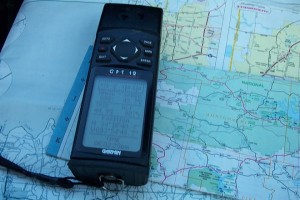 In Commonwealth v. Goncalves-Mendez, the Supreme Judicial Court affirmed the allowance of the defendant’s motion to suppress, because the impoundment of his vehicle was unreasonable in light of his “passenger’s availability to drive and the failure by police to ask the defendant whether the passenger taking custody of the vehicle would be a preferred alternative.”
In Commonwealth v. Goncalves-Mendez, the Supreme Judicial Court affirmed the allowance of the defendant’s motion to suppress, because the impoundment of his vehicle was unreasonable in light of his “passenger’s availability to drive and the failure by police to ask the defendant whether the passenger taking custody of the vehicle would be a preferred alternative.”
The basic facts were as follows. “[T]wo Boston police officers on patrol in a marked police cruiser observed a Honda Accord [being driven] with what appeared to be a defective brake light…. From the vehicle’s registration number, the officers discovered that its registered owner, the defendant, had an outstanding misdemeanor default warrant…. The officers then stopped the vehicle…. The defendant was the driver of the vehicle, and he was accompanied by one front seat passenger. The officers asked both the defendant and his passenger for identification. Upon conducting computer checks on the information provided, the officers learned that the passenger’s driver’s license was valid, he had no outstanding warrants, and he was not a suspect in any other crimes; further, he did not appear to be under the influence of any intoxicating substances. The passenger was polite and cooperative with police. One of the officers informed the defendant that, due to the default warrant, he was under arrest, and his vehicle would be towed. The officers ordered both men out of the vehicle. The defendant did not request that his passenger assume custody of the vehicle, and the officer did not offer this alternative. As required by Boston Police Department policy, in preparation for impoundment, one of the officers [conducted an inventory search of] the vehicle. The officer found a firearm under the driver’s seat…. [T]he defendant said that the firearm was his. The defendant was taken to the police station in a police cruiser…. The passenger … was allowed to leave the scene.”
 Massachusetts Criminal Lawyer Blog
Massachusetts Criminal Lawyer Blog










